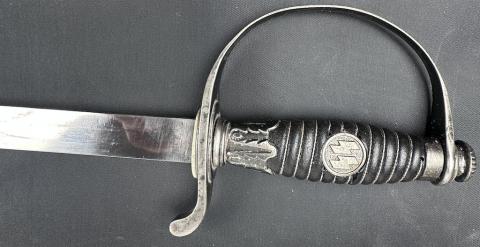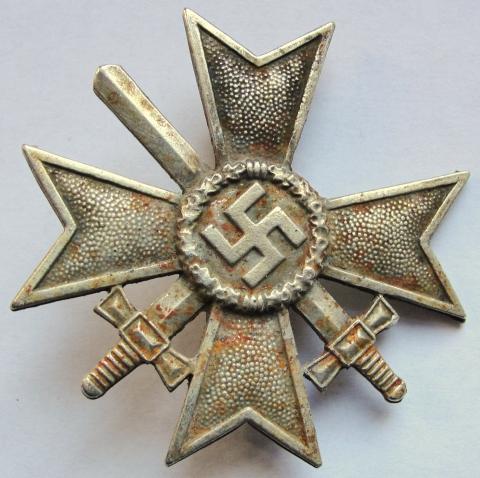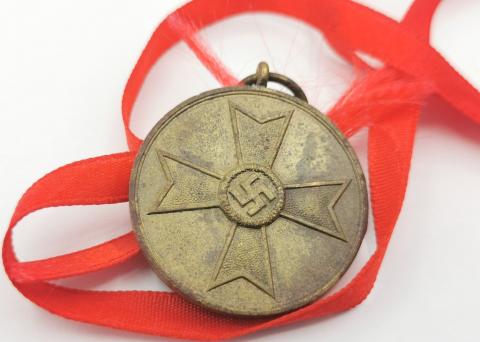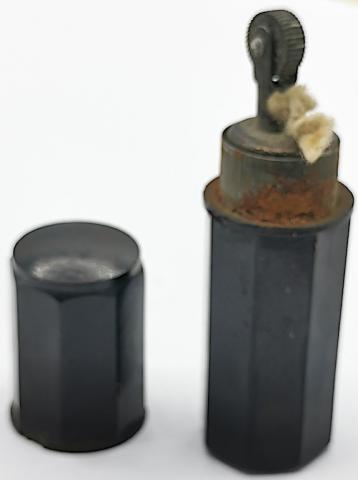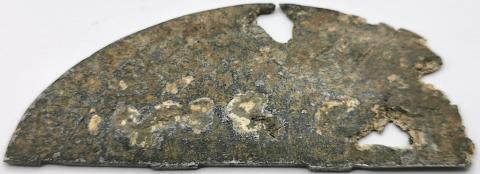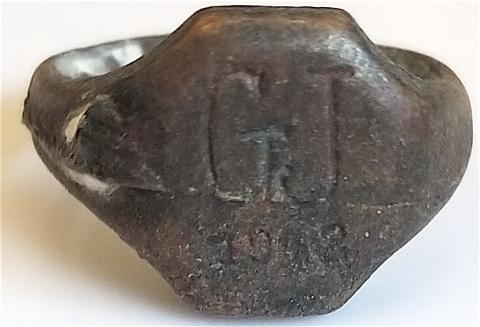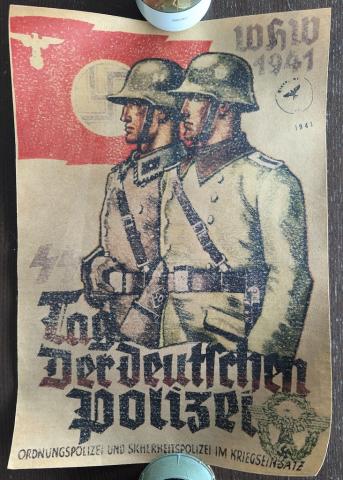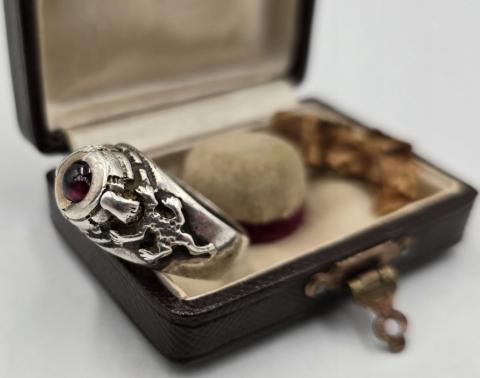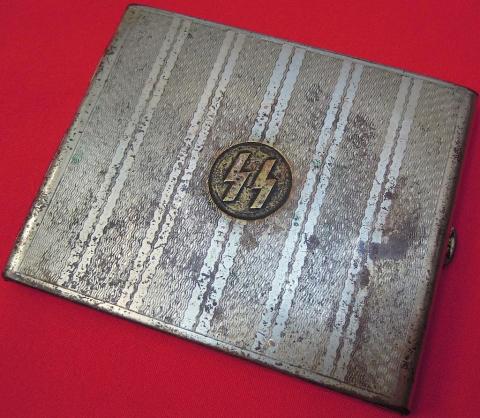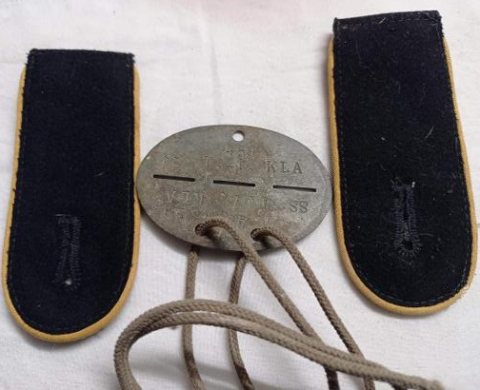WW2 GERMAN NAZI - FROM A GROUND DUG GUY COLLECTION - WAFFEN SS OR PANZER GRENADIER RELIC FOUND RING NAMED (INITIALS) AND DATED 1942
I RECENTLY BOUGHT AN ENTIRE COLLECTION OF OVER 50 WAFFEN SS TOTENKOPF RING THAT AN OLD TIME GROUND DUG GUY FOUND IN THE GROUND IN GERMANY AND POLAND IN THE LAST 45 YEARS.
HE STARTED WHEN THESE HAD NO VALUE IN THE 70S.
SO SOME OF THE RINGS WAS ALTERED BY HIM - HE TOLD ME THAT IN THE 70S THESE RINGS HAD ABSOLUTELY NO VALUE AND HE MADE SOME EXPERIMENTATION SEWED SOME OF THEM.
SO ON SOME RINGS YOU WILL SEE A PIECE OF METAL SEWED ON IT OR A SKULL FROM A PARTIAL FOUND RING SEWED ON A BLANK RING TO MAKE A COMPLETE ONE.
ONE THING IS SURE IS THAT EVERYTHING IS 100% ORIGINAL GERMAN WW2 PERIOD, FOUND IN THE GROUND WHERE IT WAS SOME BATTLE BACK IN TIME.
EVERYTHING IS SOLD VERY VERY CHEAP.
HIGHLY HISTORICAL RELIC PIECES THAT ACTUALLY REALLY MADE WAR!!!
EVERY ITEM I LIST FROM THIS COLLECTION IS IDENTIFIED IN THE TITLE WITH THIS " - FROM A GROUND DUG GUY COLLECTION - "
